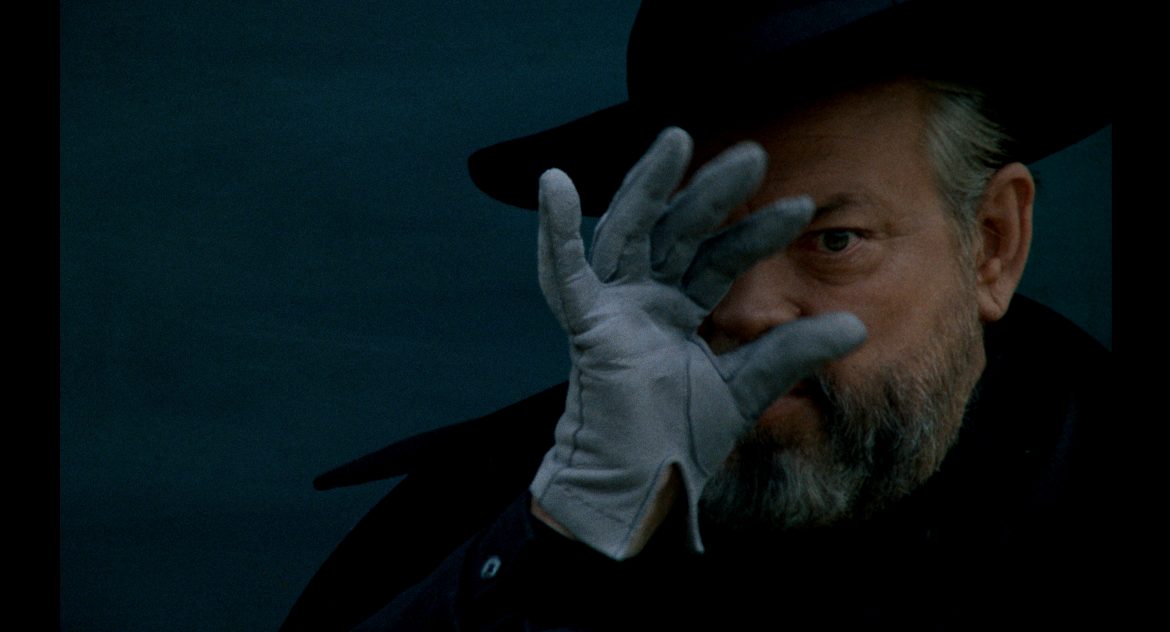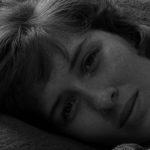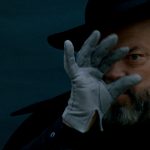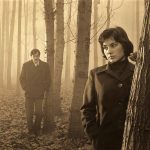- Six great works depicting the reality of the second half of the 20th century and the states of mind of the people involved will be shown in the longest-running and most cinema-lover parallel section of the Festival
Las Palmas de Gran Canaria, Wednesday, March 22, 2023-. From the catalog of the 22nd edition of the Las Palmas de Gran Canaria International Film Festival, the programmer and technical coordinator of the Festival Gloria Benito recalls that “Déjà vu” is one of the longest-running and most cinema-lover parallel sections of the film event. It recovers essential titles, either for their review or for their discovery, while observing the impact of these past titles in the present because, as she points out, “preserving our film legacy means also taking care of our historical memory, remembering that past events have changed the course of many lives and have a lot to do with who we are now.”
- Spring Night, Summer Night
- Brick and Mirror
- F for Fake
- Sambizanga
- The Asthenic Syndrome
- We Were Young
In 2023, the selection includes six masterpieces, according to the considerations of the specialized critics mentioned in the text written by the programmer. Thus, “Déjà vu” will show from “the first great work of Iranian cinema”: Brick and Mirror by Ebrahim Golestan (Iran, 1964, 131 min.); to “one of the great lost works of American independent cinema”: Spring Night, Summer Night by Joseph L. Anderson (United States, 1967, 84 min.); as well as “the irreverent film essay” F for Fake, by Orson Welles (France, Iran, Germany, 1973, 89 min.): “probably his most personal work”; the transcendental Sambizanga by Sarah Maldororo (Angola, France, 1972, 102 min.), “a film work of immense historical and cultural significance”; The Asthenic Syndrome by Kira Muratova (Soviet Union, 1989, 153 min.), “one of the most innovative and extravagant films of its time”; or the elegant We Were Young by Binka Zhelyazkova (Bulgaria, 1961, 110 min.), a brilliant example of “the use of resources in the best film noir.”
The “Déjà vu” section, as the catalog text notes, “is loaded with nighttime dramas, secrets, lies and crazy delusions that are certainly worth remembering or discovering.” In short, according to the text, it rescues six titles “that give good testimony of many of the conflicts and changes that took place during the second half of the 20th century and the state of mind of the people involved.”
The Asthenic Syndrome (1989) reflects the great changes undergone by Soviet society in the last decade of the last century and shows “a desperate society suffering from a collective narcosis,” explains the programmer. We Were Young, about two Bulgarian insurgents who have to deal with the Nazis in the context of the Second World War, stresses the importance of light and shadow: “The author continually plays with these elements with skill and elegance,” says Gloria Benito. The same happens in Spring Night, Summer Night (1967), a complex forbidden romance in the heart of a family of farmers in southern Appalachia, a film in which the play with “dark nights and young people facing changes and difficult times” is especially relevant, the author of the text points out.
The lights and shadows of Tehran also come together in “Déjà vu” with Brick and Mirror (1964), “a mixture of dream and reality that responds to the changing climate of the Middle-Eastern country’s society and that reflects the rise of corruption in all areas of life,” says the programmer about this film that begins with a sensitive discovery: that of a child abandoned in a cab. The conflict over how to act that arises between the cab driver and the couple is the main narrative thread of the film.
From another continent, Africa, comes Sambizanga (1972), “testimony to the importance of colonial resistance in Africa,” according to the catalog. Once again, shadows are present in the plot. In this case, the shadows looming over the arrest of an Angolan revolutionary leader and his wife’s investigations to find out what has happened.
Finally, “Déjà vu” recovers F for Fake, an exploration of lies in which Orson Welles tries to portray the forger Elmyr de Hory, a faithful imitator of contemporary pictorial works. A very personal piece in which “with a chaotic narration and a very agile montage, Welles himself uncovers the personality of certain subjects who have become famous for being the protagonists of great frauds,” concludes Benito.
In all cases, the works will be shown on the big screen with restored copies thanks to the work of important institutions, and, in the case of We Were Young, it will also be the first time the film is shown in Spain.
Selection
A byahme mladi / We Were Young, by Binka Zhelyazkova (Bulgaria, 1961, 110 min.)
Astenicheskiy sindrom / The Asthenic Syndrome, by Kira Muratova (Soviet Union, 1989, 153 min.)
F for Fake, by Orson Welles (France, Iran, Germany, 1973, 90 min.)
Khesht va Ayeneh / Brick and Mirror, by Ebrahim Golestan (Iran, 1964, 131 min.)
Sambizanga, by Sarah Maldoror (Angola, France, 1972, 102 min.)
Spring Night, Summer Night, by Joseph L. Anderson (USA, 1967, 83 min.)
Share this Post







